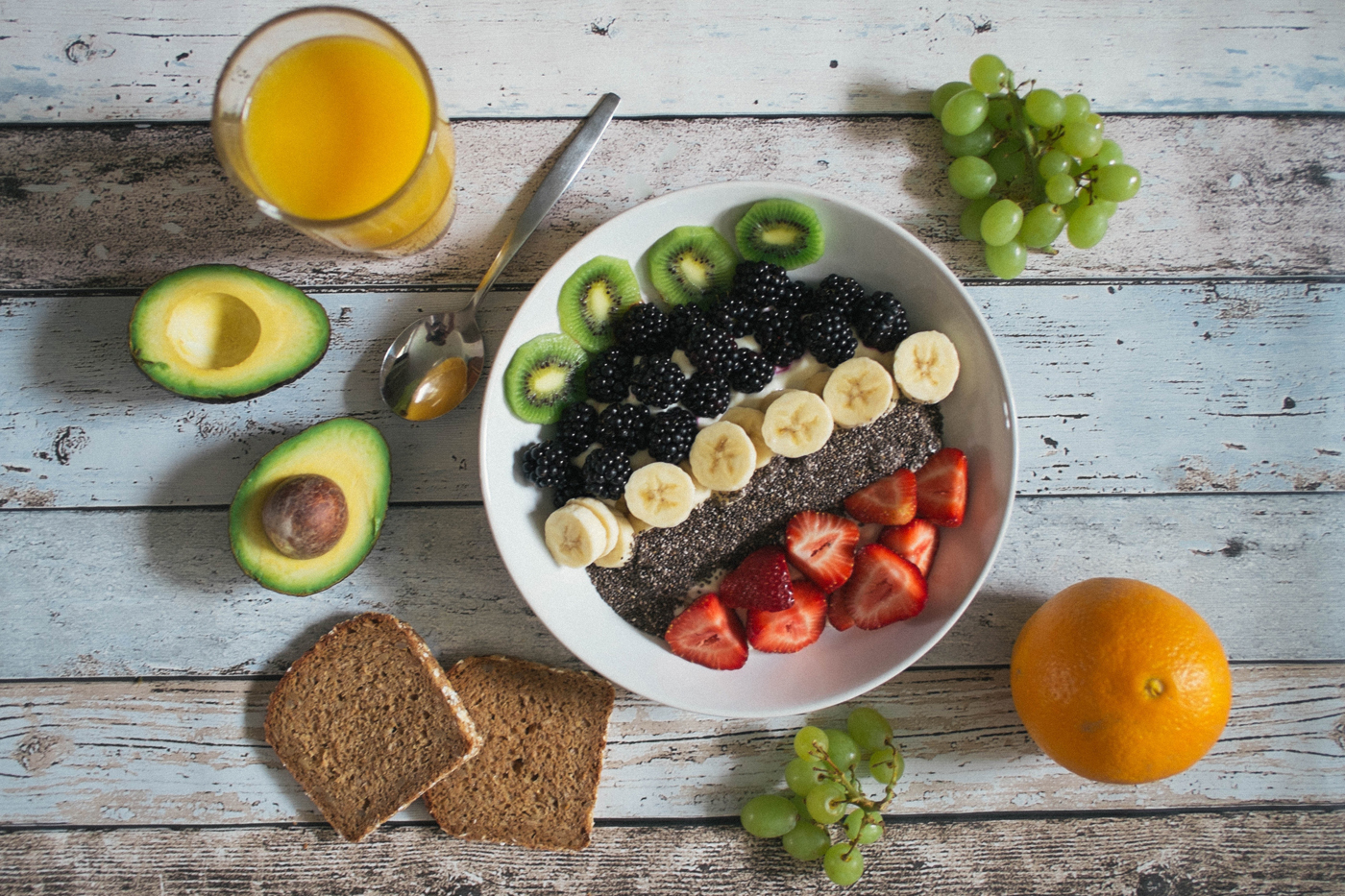
The precise calibration of nutrient intake surrounding physical exertion is a field of physiological science that often gets reduced to overly simplistic, easily marketable soundbites. Moving beyond the generic advisories requires a nuanced understanding of how macronutrient timing and composition directly interface with the body’s metabolic demands, both to optimally fuel a session and to initiate the critical processes of repair and adaptation immediately afterward. The goal is not merely to “eat something” but to strategically deploy carbohydrates, proteins, and fats to manage energy reserves, minimize catabolism, and accelerate the structural remodeling of muscle tissue. This strategic approach necessitates an appreciation for the digestive kinetics of different food sources and how this timing dictates their availability to working muscles.
…strategically deploy carbohydrates, proteins, and fats to manage energy reserves, minimize catabolism, and accelerate the structural remodeling of muscle tissue.
The primary objective of the pre-exercise meal is the maximization of available energy substrates, predominantly muscle and liver glycogen, which function as the high-octane fuel for intense and prolonged physical activity. For a significant workout—one lasting more than an hour or involving high-intensity effort—a meal consumed two to four hours prior should be comprehensive yet sensible. This meal must prioritize easily digestible complex carbohydrates, which ensure a sustained release of glucose into the bloodstream, thereby preventing the abrupt drops in blood sugar that can trigger fatigue and compromise performance. A moderate amount of lean protein should also be included, as protein slows the absorption of carbohydrates, further smoothing the energy curve and providing amino acids that may reduce muscle protein breakdown during the subsequent exercise bout. Importantly, this larger, pre-workout meal should be consciously low in fiber and fat, as these macronutrients slow gastric emptying significantly, increasing the risk of gastrointestinal distress when physical activity begins.
…a meal consumed two to four hours prior should be comprehensive yet sensible.
When the window between eating and exercise narrows to less than two hours, the nutritional strategy shifts dramatically toward rapid availability and minimal digestive burden. In this closer timeframe, the body cannot effectively process a large, mixed meal without diverting significant blood flow to the digestive tract, which competes with the demands of the working muscles. Therefore, the focus must be on high-glycemic, easily digestible carbohydrates and a small amount of quick-acting protein. Simple sugars from sources like fruit or a sports beverage can quickly top off blood glucose without taxing the stomach, offering an immediate energy boost for the session ahead. Foods high in fructose should be approached cautiously in this immediate pre-window, as they can sometimes lead to digestive discomfort. The objective here is rapid absorption, ensuring that the necessary glucose is circulating and ready for cellular uptake the moment the exercise intensity ramps up.
Therefore, the focus must be on high-glycemic, easily digestible carbohydrates and a small amount of quick-acting protein.
The role of protein in the pre-workout period is often underestimated, being mistakenly viewed as solely a post-exercise concern. Consuming a small dose of protein or essential amino acids before a session, particularly strength training, ensures that the building blocks for muscle repair are readily available in the circulation as the micro-damage to muscle fibers begins. This pre-loading is a subtle yet effective tactic to prime the muscle for growth and mitigate the degree of muscle protein breakdown that naturally occurs during strenuous exercise. The presence of these amino acids, especially the branched-chain amino acid leucine, acts as an initial trigger for muscle protein synthesis, effectively setting the stage for a faster and more efficient recovery phase once the workout concludes. This mechanism contributes to a more anabolic, or building, environment, even before the post-workout meal is consumed.
…ensures that the building blocks for muscle repair are readily available in the circulation as the micro-damage to muscle fibers begins.
Hydration, a often overlooked component of pre-workout fueling, is crucial for maintaining performance and regulating core body temperature. Starting a workout in a state of even mild dehydration significantly diminishes strength, endurance, and cognitive function. The strategic intake of fluid does not begin with the first sip at the gym but is a process initiated hours before, ensuring adequate time for absorption and fluid distribution throughout the body. Consuming a substantial volume of water or an electrolyte-containing beverage in the two to four hours leading up to the session helps guarantee a well-hydrated start. For those engaging in prolonged or high-intensity activity, the inclusion of a small amount of sodium in the pre-exercise fluid or snack can be beneficial, as it promotes fluid retention and helps prime the body to manage the inevitable sweat losses that will occur.
Starting a workout in a state of even mild dehydration significantly diminishes strength, endurance, and cognitive function.
The post-workout period represents a critical window of physiological opportunity, an acute phase where muscle cells are highly sensitized to the uptake of nutrients, a state often referred to as enhanced insulin sensitivity. The priority immediately following exercise shifts to two simultaneous processes: the rapid replenishment of depleted muscle glycogen stores and the initiation of muscle protein repair and synthesis. Consuming a combination of carbohydrates and protein within the first hour post-session capitalizes on this unique metabolic state. The carbohydrates serve to flood the system with glucose, which triggers a significant insulin response. Insulin, beyond its role in blood sugar regulation, is a highly anabolic hormone that acts as a key, effectively opening muscle cells to rapidly take up glucose for glycogen resynthesis and amino acids for muscle repair.
…a critical window of physiological opportunity, an acute phase where muscle cells are highly sensitized to the uptake of nutrients…
The ideal ratio of carbohydrates to protein in the immediate recovery meal or snack is a subject of ongoing debate, but many sports nutrition guidelines converge around a or
ratio, particularly for endurance athletes whose primary concern is glycogen restoration. For resistance training, the ratio may be slightly lower, with greater emphasis placed on the absolute quantity of quality protein. Protein intake should aim for
to
grams of a complete protein source, one that is rich in all essential amino acids, particularly leucine, to maximize the muscle protein synthesis signaling pathway. This combination leverages the insulin-mediated transport of amino acids into the muscle cell, maximizing the rebuilding process that will ultimately lead to muscle adaptation and strength gains. Foods like Greek yogurt with fruit, a whey protein shake with a banana, or a chicken and rice dish serve as excellent, complete recovery options.
The ideal ratio of carbohydrates to protein in the immediate recovery meal or snack is a subject of ongoing debate…
While the initial post-exercise focus is on rapidly available macronutrients, the hours following require a broader, more balanced approach that integrates healthy fats and micronutrients. The inclusion of omega-3 fatty acids, found in fatty fish or certain seeds, is particularly valuable in this later recovery phase. Omega-3s possess potent anti-inflammatory properties that can help modulate the systemic inflammation and delayed-onset muscle soreness () that are natural consequences of intense training. While fats should be minimized in the immediate post-workout window due to their ability to slow nutrient absorption, their inclusion in the subsequent main meal is essential for long-term satiety, hormonal health, and the delivery of fat-soluble vitamins, which are indirectly vital for metabolic processes involved in recovery.
…the hours following require a broader, more balanced approach that integrates healthy fats and micronutrients.
Beyond macronutrients, the re-establishment of fluid and electrolyte balance is an essential pillar of post-workout recovery, especially after prolonged sweating. Plain water alone may not be sufficient, as heavy perspiration depletes critical electrolytes, primarily sodium, that are vital for cellular function and fluid retention. The consumption of fluids containing both water and electrolytes is necessary to encourage the body to retain the fluid consumed, effectively rehydrating the intracellular and extracellular spaces. Monitoring thirst and urine color is a practical, non-invasive method for tracking hydration status, with pale straw-colored urine indicating adequate rehydration. For every kilogram of body weight lost during the session, ingesting approximately liters of electrolyte-containing fluid is a guideline often cited to ensure complete fluid restoration and to prepare the body for the next training load.
The consumption of fluids containing both water and electrolytes is necessary to encourage the body to retain the fluid consumed…
The ultimate success of a nutrition plan is not rooted in adherence to rigid, universal rules but in the personalized understanding of one’s own body’s response to food and timing. The type, duration, and intensity of the exercise, as well as individual digestive tolerance, all influence the optimal fueling strategy. An athlete training for an ultra-marathon, for instance, has drastically different carbohydrate needs than someone focused on a short, heavy weightlifting session. Therefore, the principles—maximizing available glycogen and amino acids pre-workout, and prioritizing rapid replenishment and repair post-workout—must be adapted to the specific metabolic context. Consistent, strategic nutritional habits, tailored to the demands of the training schedule, ultimately serve as a non-negotiable foundation for consistent performance gains and sustainable health.
